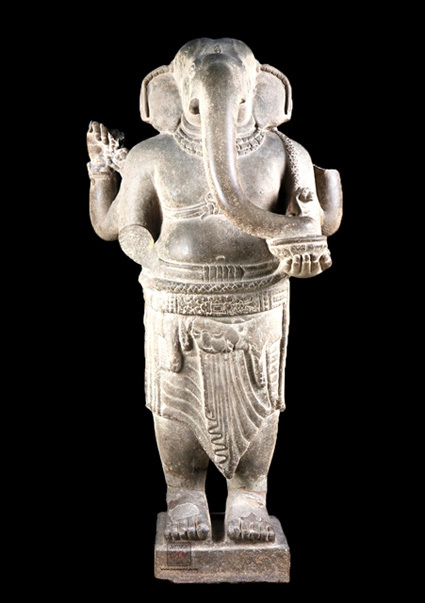 |
| Stature of Ganesha, one of the best-known and most worshipped deities in the Hindu pantheon, is on display at the Cham Sculpture Museum in Da Nang City. It was recognised as a National Treasure. Photo courtesy of Cham Sculpture Museum |
The museum said the recognition was issued on New Year's day, adding to the list of six National Treasures that have been preserved so far by the museum.
Ganesha, one of the best-known and most worshipped deities in the Hindu pantheon, is readily identified by his elephant head. He is widely revered, more specifically, as the remover of obstacles; the patron of arts and sciences; and the deva of intellect and wisdom
The statue of Ganesha was excavated in 1903 at E5 tower of the My Son Sanctuary in Quang Nam Province by a group of French archaeologists. It was stored by the museum since 1918.
Gajasimha is a mythical hybrid animal in Hindu mythology, appearing as a sinha or rajasiha (mythical lion) with the head or trunk of an elephant. It was found at the Mam tower in Binh Dinh Province in 1933-34, and displayed at the museum from 1935.
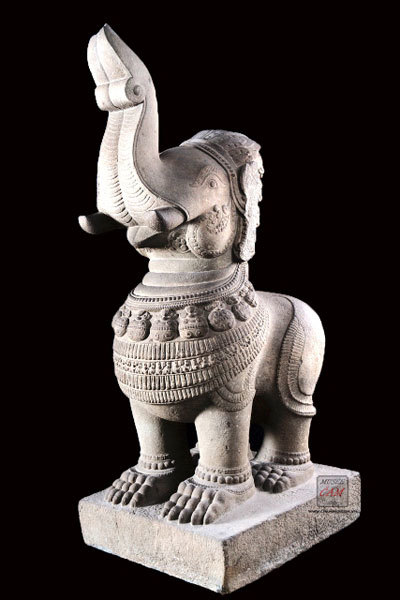 |
| Statue of Gajasimha, a mythical hybrid animal in Hindu mythology, appearing as a sinha or rajasiha (mythical lion) with the head or trunk of an elephant. The item has been listed as a National Treasure. Photo courtesy of Cham Sculpture Museum |
The museum, a popular tourist destination in the city, stores and preserves four other National Treasures including the Tra Kieu Pedestal; the My Son E1 Pedestal; statue of Tara/Avalokiteshvara and the Dong Duong Pedestal.
The museum, situated on the west bank of the Han River, was built in late 1915 with a big contribution from Henri Parmentier, a prominent archaeologist with the L’Ecole Francaise d’Extreme Orient (the Far East Archaeological Research Institute) in Hanoi.
In mid-1919, he published the first catalogue of the museum, marking its inaugural ceremony.
It preserves and display thousands of artefacts and sandstone statues found at many Cham towers and excavations from the Sa Huynh Culture (between 2,500 and 3,000 years old) in the central region.
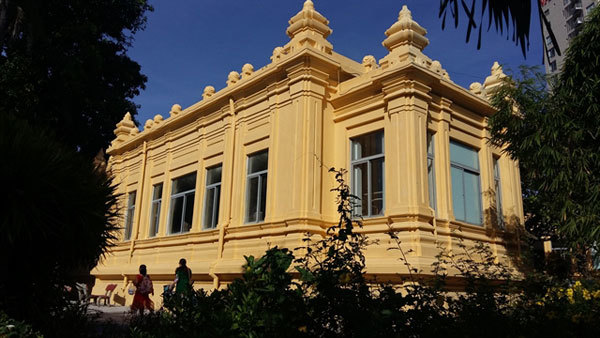 |
| The Cham Sculpture Museum of Da Nang, which was built in late 1915, preserves and displays thousands of artefacts and sandstone statues found at many Cham towers and excavations from the Sa Huynh Culture (between 2,500 and 3,000 years old) in central Vietnam. VNS Photo Cong Thanh |
Many ceramic fragments, sandstones and bricks that were excavated at the 1,000-year-old Cham tower site in Phong Le Village of Da Nang are on display at the museum.
The city has recognised Cham towers in the village in the list of the city’s cultural relic list.
Da Nang has 50 historical sites and 18 national historical monuments that were included in the city’s restoration project.
The Champa Kingdom ruled in the central coastal region between the 4th and 13th centuries. VNS
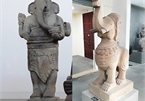
Two sculptures in Da Nang named as national treasures
Two exhibits kept at the Da Nang Museum of Cham Sculpture in the central city of Da Nang have been recognised as national treasures.
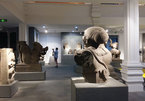
Cham Museum introduces 3D experience
The tourism promotion centre in Da Nang has piloted a 3D experience for tourists visiting the Chàm Sculpture Museum – one of the most popular destinations in the city – to boost tourism after the turn of the COVID-19 pandemic.